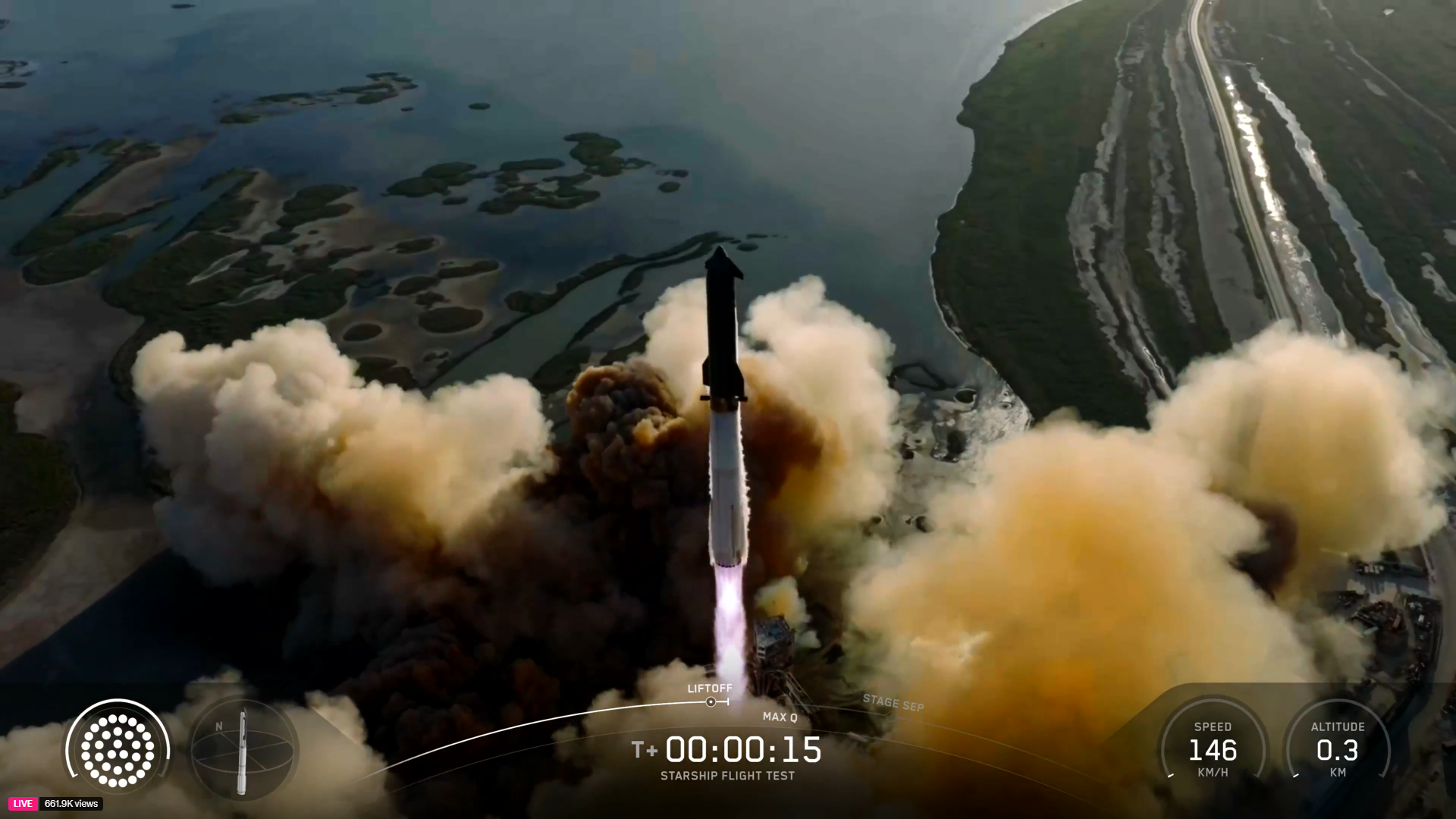| IN A NUTSHELL |
|
A bold new proposal has emerged from the realm of astrophysics, suggesting a mission to send a gram-scale probe to a black hole located 20 light-years away. The mission, which could last up to a century, has been put forth by astrophysicist Cosimo Bambi. This ambitious endeavor aims to test the very foundations of physics and general relativity, promising to open new frontiers in space exploration. Despite its promise, the mission faces significant technological and financial challenges. Yet, proponents argue that advancements in technology could make this seemingly far-fetched idea a reality in the foreseeable future.
The Mission’s Blueprint
The foundation of this proposed mission lies in the development of a nanocraft. This gram-scale probe would come equipped with a microchip and a light sail, designed to harness the power of photons emitted from ground-based lasers on Earth. As these lasers bombard the sail, the probe could accelerate to approximately one-third the speed of light. At such velocities, a journey to a black hole 20-25 light-years away could be completed in about 70 years, with an additional 10 to 20 years required for data transmission back to Earth.
A critical element of the mission is locating a nearby black hole. These cosmic entities are notoriously difficult to detect due to their lack of light emission, relying instead on the observation of their gravitational effects on nearby stars or light distortion. Bambi is optimistic that advancements in detection techniques will enable the identification of a suitable black hole within the next decade. However, the mission’s feasibility is contingent on the proximity of the black hole. If the nearest candidate is beyond 50 light-years, the mission may be deemed impractical due to insurmountable technological challenges.
Overcoming the Obstacles
The proposed mission must surmount two major obstacles: technological limitations and financial cost. Current spacecraft, powered by chemical fuels, are too sluggish for the interstellar journey envisioned. The nanocraft and its propulsion system, relying on powerful lasers, require technology that is not yet available. The estimated cost of these lasers alone is around one trillion euros. However, Bambi suggests that as technology advances, the mission could be funded at a cost comparable to large-scale space missions today, approximately one billion euros, within the next 30 years.
The technological feasibility of the mission also hinges on the durability of the nanocraft. Can a paperclip-sized probe withstand the rigors of a decades-long voyage through interstellar space? Bambi draws parallels to Voyager 1, which remains operational decades after its 1977 launch, to argue that long-term space missions are indeed possible. The evolution of technology could very well pave the way for such ambitious undertakings.
The Scientific Payoff
The scientific objectives of this mission are as compelling as they are ambitious. Ground-based instruments, such as gravitational wave detectors and telescopes, offer valuable insights but are limited by their dependence on complex theoretical models for data interpretation. These models often grapple with the “unclean” environments present around black holes. In contrast, a probe sent directly to a black hole could provide a pristine environment for study.
The mission promises direct, precise measurements and experiments that could address some of the most profound questions in physics. Could it confirm whether black holes possess an event horizon, or whether Einstein’s theory of general relativity holds under extreme cosmic conditions? Although the mission remains a conceptual “perspective article” intended to spark dialogue within the scientific community, it underscores the relentless pursuit of knowledge that defines the field of science. The findings from this proposal were published in the journal iScience.
Financial and Technological Considerations
Financial viability remains a key consideration in realizing this mission. While current costs appear astronomical, the trajectory of technological advancement could significantly reduce the financial burden in the coming decades. Parallelly, advancements in engineering and materials science could yield the technologies necessary for the nanocraft and its propulsion system. The mission proponents emphasize that while the initial costs and challenges are daunting, history has shown that technological progress often outpaces expectations, making today’s dreams tomorrow’s reality.
Moreover, international collaboration could play a pivotal role in bringing this mission to fruition. By pooling resources, expertise, and technology, the global scientific community could overcome the financial and technical challenges that currently loom large. Such collaboration could transform the mission from a conceptual proposal into a landmark achievement in the history of space exploration.
As the conversation around this mission continues to evolve, it raises important questions about the future of space exploration. How can we balance the quest for knowledge with the practical challenges of technology and finance? What role will international collaboration play in overcoming these barriers? These questions invite us to ponder the possibilities and responsibilities that come with the pursuit of understanding the universe’s most enigmatic entities.
This article is based on verified sources and supported by editorial technologies.
Did you like it? 4.7/5 (22)
Source link

